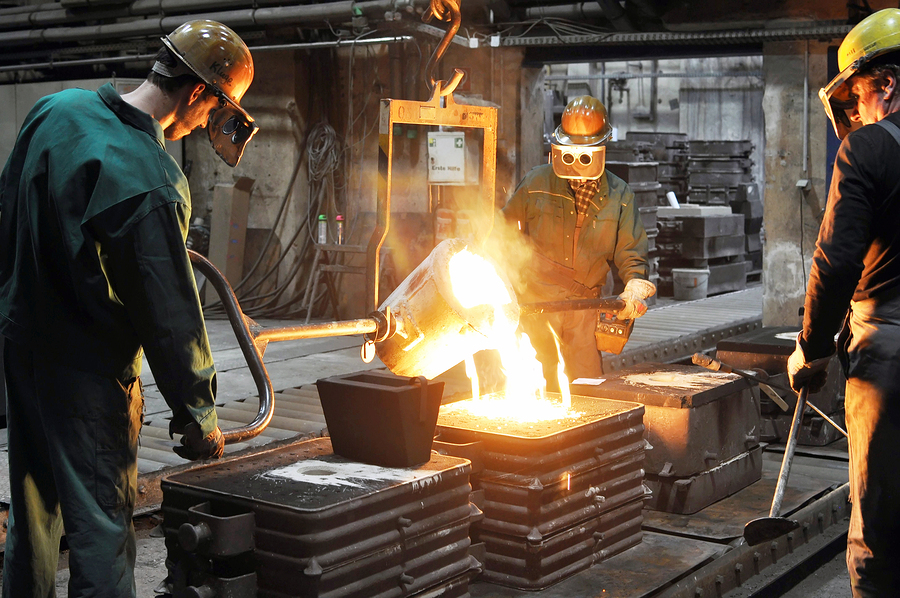Fears of a trade war between the world’s two largest economies persisted this week as both the U.S. and China continued a tit-for-tat rhetoric that could have serious implications for years to come. Here’s a look back at how trade relationships between the countries have changed in 2018 and what a trade war could mean for American manufacturers.
2018 Tariffs
Having campaigned on an “America First” message, President Trump began efforts to shift trade balances in earnest at the start of 2018.
- Washing machines and solar panels — In January, President Trump introduced import taxes on washing machines and solar panels, an important Chinese import. China met the move met with almost instant resistance, which was unsurprising considering China produces 65% of the world’s solar panels.
- Steel and aluminum — In March, Trump added additional ammunition to the blossoming trade dispute by implementing long-threatened 25% import taxes on steel and 10% import taxes on aluminum. Although China represents only 6% of these imports into the United States, the impact on China plus continued threats regarding Chinese policies related to intellectual property prompted a stern rebuke from Chinese officials.
- Retaliating against American farmers — Also in March, China announced it would take retaliatory action by issuing tariffs on 128 U.S. goods worth roughly $3 billion. With items like pork at the top of the list, the tariffs were tailored to target American farmers.
- New summer tariffs — Almost immediately after China announced its tariffs in March, the Trump administration began preparing a list of Chinese goods to apply additional taxes to. What began as a list of 1,300 Chinese goods valued at approximately $50 billion in April eventually evolved into the list of 1,102 products whose 25% tariffs actualized July 6. China matched these tariffs by adding an additional $34 billion in goods to its list of levied products, honing in on the U.S. agricultural sector as promised.
- Ongoing escalation — With no signs of slowing down, the White House released a new list of $200 billion in tariffs on Chinese goods July 10, including key manufacturing exports like auto parts, electronics, textiles, and more, as well as personal care products and additional agricultural exports, that could face a 10% tariff in coming weeks.

Manufacturing impacts
Tariffs may reduce competitive pressure from foreign entities domestically, but most experts agree that trade wars ultimately hurt producers. This is especially true for manufacturers who utilize imported components. For example, restrictions on touch screens, batteries, and capacitors will likely have a strongly negative impact on U.S. gadget producers ranging from electric car companies to cell phone makers while tariffs on steel will drive up the cost of producing items as ubiquitous as nails and automobiles.
Trade wars also make it difficult for U.S. manufacturers to compete globally, especially as retaliatory tariffs pile on. Some companies like Harley Davidson are already beginning to move production out of the country to avoid recently levied import taxes on American goods. Still, with the manufacturing industry as a whole continuing to improve, U.S. manufacturers may very well be able to continue keeping their industry strong in the midst of these tariffs.
When nearly every week brings new announcements from America and her trade partners, it can be difficult to predict what challenges manufacturers will face around the corner. No matter what the next headline brings, though, you can always count on the professionals at Global Electronic Services. Contact us for all your industrial electronic, servo motor, AC and DC motor, hydraulic, and pneumatic needs — and don’t forget to like and follow us on Facebook!
